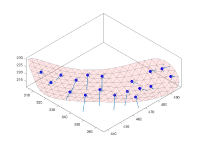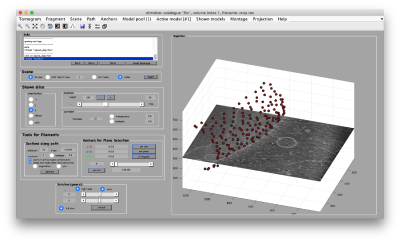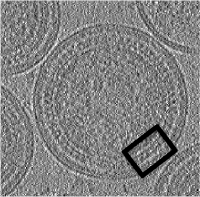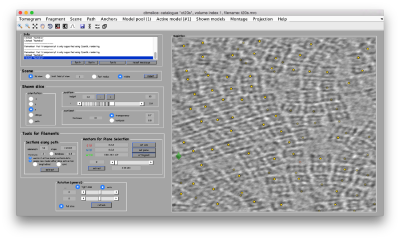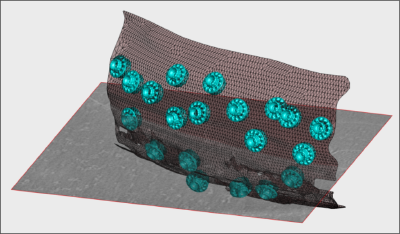Prato Workshop 2018
This page describes the contents of the practical hands-on sessions in Diamond (11th-12th November 2018).
Contents
Computers
Activating Dynamo
To activate Dynamo
activate_dynamo
Start a Dynamo console
Type in the shell:
dynamo
Run Dynamo projects in a different shell
It is inconvenient to run projects in the Dynamo console. Instead, do the following:
- Open a new Linux terminal
- Activate Dynamo
- If you are going to use a GPU, you need to make the CUDA libraries visible:
export LD_LIBRARY_PATH=/usr/local/cuda-9.1/lib64:$LD_LIBRARY_PATH
- go to the folder containing the project. Type the name of the project executable (extension .exe). For a project called myProject:
./myProject.exe
Compiling Dynamo for the GPU
You only need to do this if you want to 'compile the GPU projects:
export LD_PRELOAD=/usr/lib/x86_64-linux-gnu/libstdc++.so.6 export LD_LIBRARY_PATH=/usr/local/cuda-9.1/lib64:$LD_LIBRARY_PATH cd ~/ws/opt sudo make clean sudo make all
Materials
If you are not able to follow the tutorials from your laptop, a local offline copy of the materials is available in
~/ws/data/dynamo
To open a pdf file, type:
evince Dynamo_01_jargon.pdf &
Material list
Files in bold are walkthroughs. Students will complete them on their own.
- Dynamo_01_jargon.pdf
A single slide with the basic concepts in Dynamo.
- Dynamo_02_basic.pdf
Notes covering first on-screen presentation. General commands for visualization.
- Dynamo_03_projects.pdf
General operation of the GUI that creates alignment projects.
- Dynamo_04_starters.pdf
Walkthrough with synthetic data
- Dynamo_05_advanced.pdf
A single slide with the basic concepts in Dynamo.
- Dynamo_06_membranes.pdf
Creation of surfaces modeling membranes in the tomogram browser.
- Dynamo_07_filaments.pdf
Creation of filaments in the tomogram browser.
- Dynamo_08_lattices.pdf
Walkthrough on extraction of particles in densely populated vesicles.
Program
Before the hands-on session, we will go to this presentation for a general introduction of the Dynamo software.
General Introduction
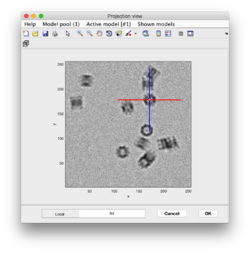
Guided presentation:
We will take one hour to go over the basic technical aspects of Dynamo. This material is covered by the guides below:
- tutorial on basic elements: help, data and metadata formats.
- tutorial on the basic concept in Dynamo alignment: the project.
Working on your own:
- Basic walkthrough (Starters guide): on synthetic data. Covers creating a catalogue, picking particles, launching a project. (~1.5 hours)
- Related materials (not covered in this course):
Particle picking
Short guided presentation (~1 hour):
- tutorial on membrane modeling with dmslice
- Filament models with dtmslice
- Reusing model workflows ( walkthrough)
- Further work: catalogue
Case studies
- Advanced starters guide on a real tomogram. (~3 hours)
Working on your own:
- Extraction of particles from densely packed spherical geometry on HIV viral capsides (~1 hour)
Further work
Due to time constraints, we will not cover all functionalities of Dynamo in this course. With the basis acquired in these two days, participants can complete on their own the rest of the program.
Template matching
Working on your own:
- We will follow this walkthrough for automated identification of proteosomes on a real tomogram through template matching. (~1 hour)
Adaptive bandpass filtering
Working on your own:
- We will follow this walkthrough to create a small synthetic data set that illustrates the principles of adaptive bandpass filtering, a way of conducting a golden standard alignment procedure . (~40 mins)
Classification
Short guided presentation:
- PCA Basic concepts.
advanced subboxing tutorial: combining with PCA and MRA tutorial - Multirefererence Analysis
Basic concepts.
walkthrough (~10 min) - Further work
- Commandline operations with PCA
Creation of 3D scenes
Working on your own:
- Walkthrough on the FHV data set (~1hour)
Further support material.
- Walkthrough on depiction and manipulation of triangulations (synthetic data).
Additional tools
Wednesday afternoon session.
- Subboxing
- motivation slide: extraction of vertices from icosahedral viruses
- Basic subboxing (tutoriall)
- advanced subboxing tutorial: combining with MRA tutorial
- suggested data set: prd1 Capsides (in the folder of isolated particles)
- Manual alignment.
- Exercises
Data sets
The data sets will be updated here.
Exercises
Exercises are scheduled for the last day. Nevertheless, feel free to start them any time during the workshop.
Organizers
- Alex de Marco, Monash University.
Instructors
- Daniel Castaño-Díez, University of Basel.
- Misha Kudryashev, MPI Frankfurt
